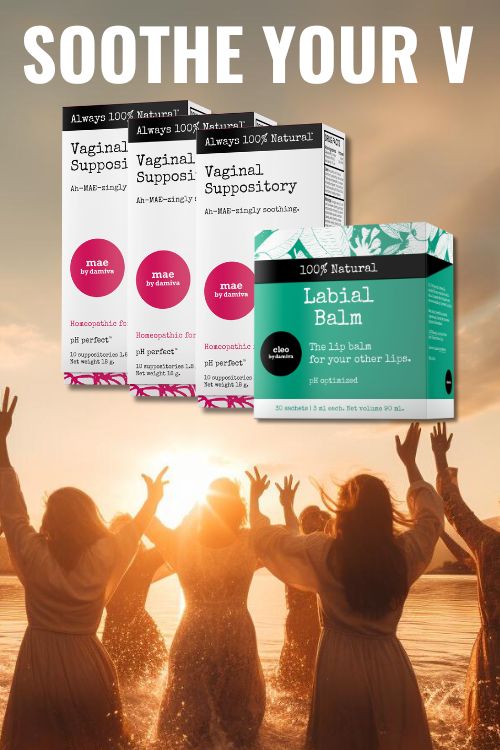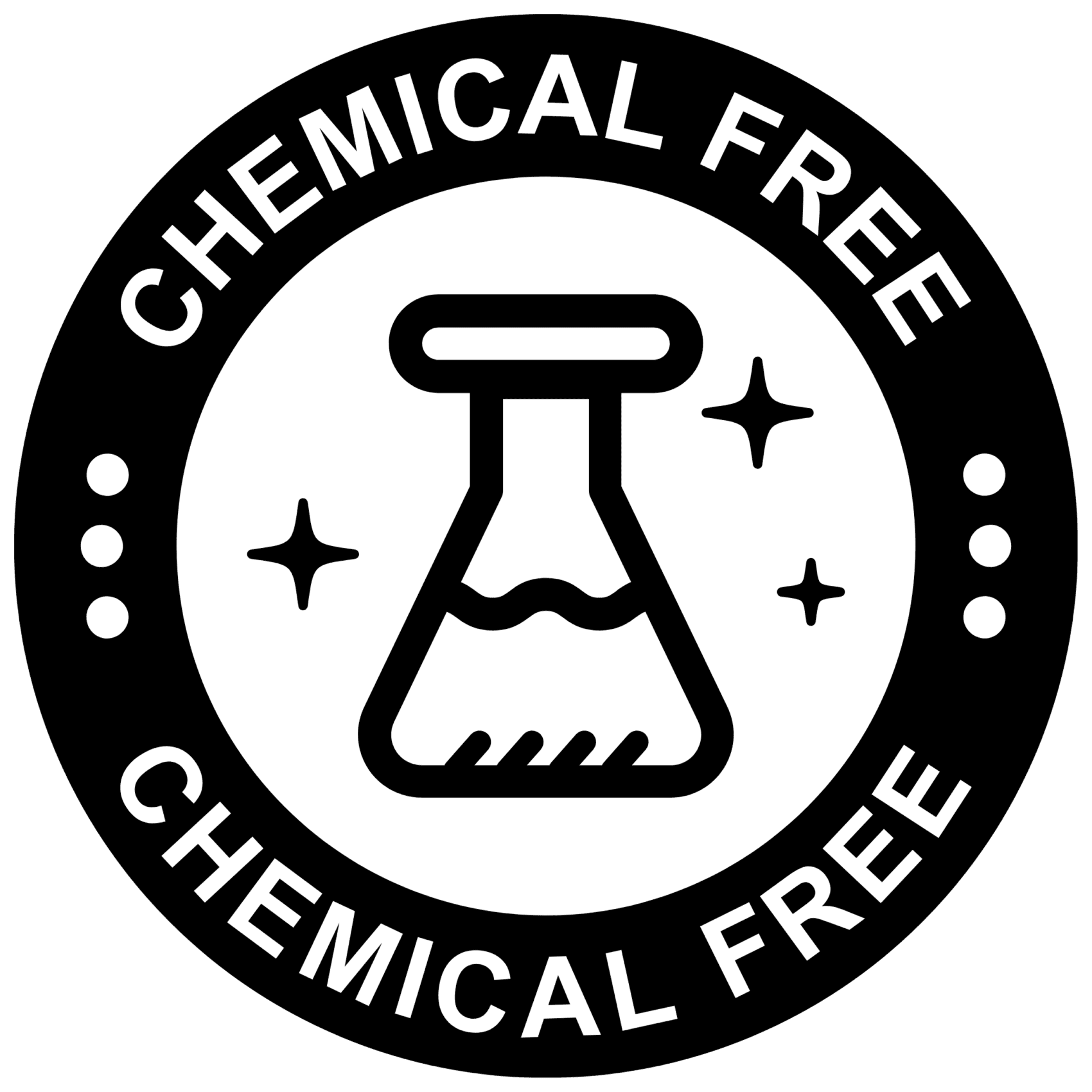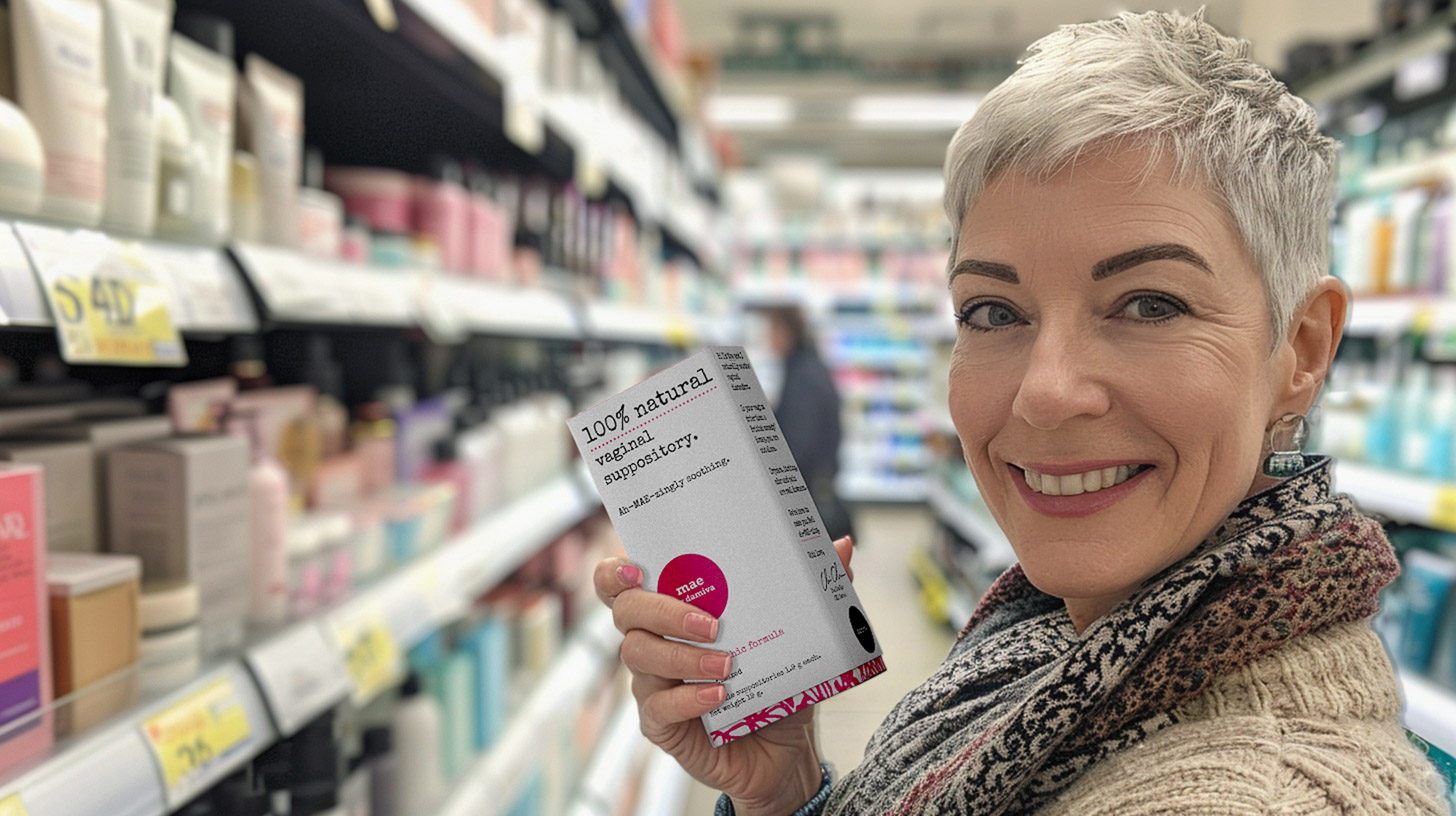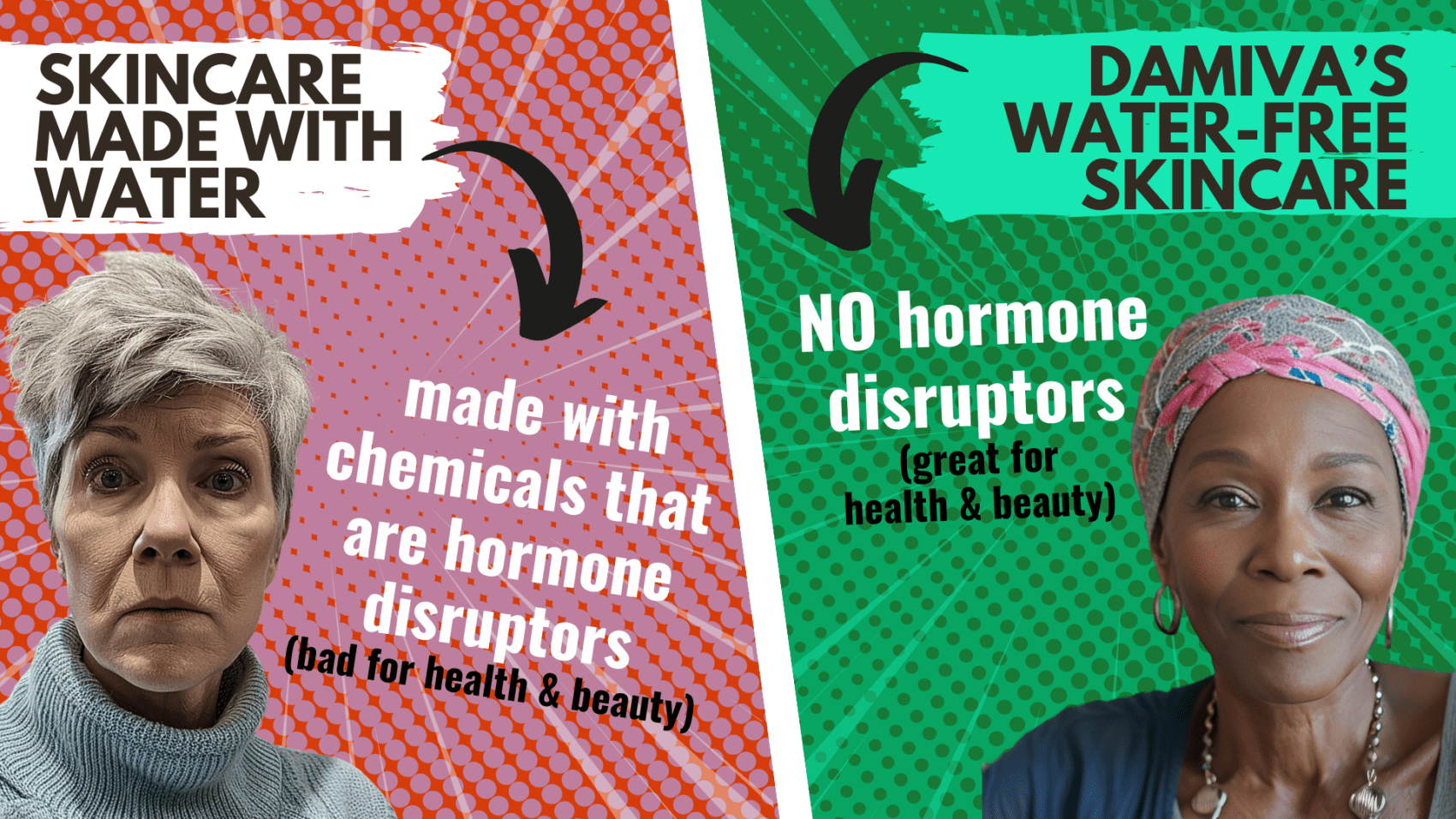Introduction to Boric Acid and BV
Overview of Boric Acid
Boric acid, a naturally occurring compound, is known for its antiseptic, antifungal, and antibacterial properties. It appears as a white powder or crystalline substance that dissolves in water. Historically, boric acid has been used in various applications, including as a preservative, insecticide, and flame retardant. In the context of health, it has been utilized in the treatment of various infections, particularly as a potential remedy for eye infections and as a vaginal suppository for certain gynecological conditions.
Understanding Bacterial Vaginosis (BV)
Bacterial Vaginosis, commonly referred to as BV, is a vaginal condition characterized by an imbalance in the natural bacterial flora of the vagina. This imbalance leads to a reduction in beneficial lactobacilli and an overgrowth of other types of bacteria, such as Gardnerella vaginalis. Symptoms of BV may include an unusual vaginal discharge with a fishy odor, discomfort, and itching. However, some women may not experience any symptoms at all. BV is not considered a sexually transmitted infection, but it can increase the risk of developing STIs and other complications if left untreated.
Common Treatments for BV
The standard treatment for BV typically involves antibiotics, such as metronidazole or clindamycin, which can be administered orally or vaginally. These treatments aim to restore the natural balance of bacteria in the vagina. However, recurrence after treatment is common, leading some healthcare providers and patients to explore alternative treatments, including the use of boric acid.
The Controversy Surrounding Boric Acid Use
The use of boric acid for treating BV is controversial. While some studies suggest that boric acid can be effective in treating recurrent BV, its safety profile and potential toxicity raise concerns. The substance can be harmful if ingested orally or absorbed in significant amounts through the skin, leading to acute and chronic health issues. As a result, the medical community remains divided on recommending boric acid as a treatment for BV, emphasizing the need for further research and caution in its use.
The Toxic Nature of Boric Acid
Boric Acid as a Pesticide
Boric acid, a water-soluble compound containing boron, oxygen, and hydrogen, has a long history of use as a pesticide. Its effectiveness in controlling pests is well-documented, particularly against insects like cockroaches, which suffer a slow and lethal effect upon contact. The United States Environmental Protection Agency (EPA) has classified boric acid as a poisonous pesticide, highlighting its toxic nature and the need for careful handling.
Historical Incidents of Boric Acid Poisoning
The toxic potential of boric acid to humans has been tragically demonstrated in historical incidents. One such event occurred in 1988 in Malaysia, where 13 children died from food poisoning after consuming a dish contaminated with boric acid. Symptoms of this acute poisoning included vomiting, fever, diarrhea, abdominal pain, seizures, and coma, leading to a tragic outcome. This incident prompted the Ministry of Health Malaysia to ban the use of boric acid as a food preservative, with strict penalties for violations.
Regulatory Stance on Boric Acid
Regulatory bodies have taken a clear stance on the use of boric acid due to its toxic nature. Chronic exposure to boric acid has been associated with reproductive harm, including low sperm count and potential estrogen-like effects that could promote the growth of certain types of cancer cells. These health risks have led to stringent regulations and guidelines for the use of boric acid, particularly in products that may come into contact with the human body, such as pesticides and household cleaners. In the context of treating bacterial vaginosis (BV), the use of boric acid poses significant health risks that outweigh its potential benefits, leading to recommendations against its use in such applications.

⭐️⭐️⭐️⭐️⭐️ “Love Damiva MAE. It was recommended by my doctor. Easy to apply, nice fragrance. I would definitely recommend this.”
Paula L, Damiva Mae Customer
⭐️⭐️⭐️⭐️⭐️ “This is a great product. It helps a lot with dryness and is so easy to use.” Anne W., Damiva Cleo Customer
Human Health Risks Associated with Boric Acid
Acute Toxicity and Poisoning
Boric acid, while used in various applications from household products to medical treatments, presents significant risks when ingested or improperly handled. Acute toxicity can occur if a substantial amount of boric acid is swallowed or inhaled. Symptoms of acute poisoning include vomiting, diarrhea, abdominal pain, and in severe cases, kidney failure, seizures, and even death. The Centers for Disease Control and Prevention (CDC) notes that approximately 30 grams of boric acid can be lethal to adults, while children are at risk from much smaller amounts. It is crucial to keep boric acid and products containing it out of reach of children and to use it with caution to prevent accidental ingestion or inhalation.
Chronic Exposure and Reproductive Harm
Long-term exposure to boric acid can lead to more insidious health concerns, particularly regarding reproductive health. Studies in animals have demonstrated that boric acid can affect fertility, reducing sperm count and causing developmental harm to fetuses. While human studies are less conclusive, the potential for reproductive harm cannot be ignored. Men exposed to high levels of boron over extended periods have shown signs of reduced sperm count, and there is concern about the effects on women’s reproductive systems as well. Regulatory agencies advise caution and recommend limiting exposure to boric acid to prevent potential reproductive issues.
Estrogen-like Effects and Cancer Risk
Boric acid has been observed to have estrogen-like effects in both human and animal studies. This property raises concerns about its potential to influence hormone-sensitive conditions, such as breast cancer. Research indicates that boric acid can promote the growth of certain breast cancer cells and increase the weight of the uterus in animal models. These findings suggest a possible link between boric acid exposure and an increased risk of hormone-related cancers, although more research is needed to fully understand the implications for human health.
Disclaimer: This section provides information on the potential health risks associated with boric acid and is not intended as medical advice. For medical concerns or questions about boric acid use, consult a healthcare professional.

Doubting chemicals in skincare and femcare? Well done! Choose chemical-free products whenever possible.

Recommended by Health Care Professionals.
Loved by thousands of women who got their life back.
Environmental Impact of Boric Acid
Pollution and Ecosystem Damage
Boric acid, while naturally occurring and used in a variety of applications, can become an environmental pollutant when its use is not carefully managed. The mining of boron-containing minerals, a primary source of boric acid, is resource-intensive and can lead to significant ecological disruption. The process often results in habitat destruction and soil erosion, which can have cascading effects on local ecosystems.
Once introduced into the environment through industrial or consumer use, boric acid can accumulate in soil and water bodies. Although it is a relatively weak acid, in high concentrations, it can still alter the pH balance of soils and waterways, potentially harming plant life that is sensitive to pH changes. This alteration can lead to a reduction in plant diversity, which in turn affects the entire food web.
Moreover, the use of boric acid as a pesticide can lead to unintended consequences. While it is effective in controlling pest populations, such as insects and fungi, its non-selective nature means it can also harm non-target organisms, including beneficial insects like bees and other pollinators that play a crucial role in many ecosystems.
Impact on Wildlife and Biodiversity
The impact of boric acid on wildlife and biodiversity is a growing concern. Studies have shown that exposure to boric acid can be toxic to various animal species. For instance, it can affect the reproductive systems of mammals, leading to reduced fertility and potential developmental issues in offspring. Aquatic species, such as fish and amphibians, are particularly vulnerable to boric acid pollution. Elevated levels in water bodies can lead to acute toxicity, affecting the survival and reproduction of these species.
Biodiversity loss is another significant concern. As boric acid affects the base of the food chain, including plants and insects, the repercussions can ripple up to higher trophic levels, impacting birds, mammals, and other wildlife that depend on these organisms for food. The loss of species diversity can destabilize ecosystems, making them less resilient to other stressors such as climate change and habitat loss.
In conclusion, while boric acid has various applications, its environmental impact cannot be overlooked. The potential for pollution, ecosystem damage, and the negative effects on wildlife and biodiversity warrant careful consideration and management of its use. Sustainable practices and alternative solutions should be explored to mitigate these environmental risks.
Efficacy of Boric Acid in Treating BV
Indiscriminate Bacterial Elimination
Boric acid has been used as a homeopathic remedy for bacterial vaginosis (BV), but its approach to treatment raises concerns. Unlike targeted antibiotics, boric acid acts as an indiscriminate antimicrobial agent. This means that while it may reduce the overgrowth of harmful bacteria associated with BV, it also eradicates beneficial lactobacilli. These “good” bacteria are essential for maintaining a healthy vaginal microbiome and pH balance. The disruption of this delicate ecosystem can lead to further complications, including an increased risk of recurrent infections and a reduction in the vagina’s natural defense mechanisms.
Recurrent BV and the Placebo Effect
Studies have shown that approximately 50% of women experience recurrent BV shortly after using boric acid treatments. This recurrence could be attributed to the non-selective bacterial elimination that boric acid causes, which fails to establish a healthy vaginal flora. Additionally, the lack of a placebo control group in these studies suggests that the perceived effectiveness of boric acid might be partly due to the placebo effect. Patients may believe they are receiving effective treatment and report improvements that are not directly related to the action of boric acid. This placebo response can skew the true efficacy rates of boric acid in treating BV.
Comparative Studies and Success Rates
When comparing boric acid to other treatments, the success rates are variable. Some studies suggest that boric acid may be marginally effective or comparable to standard treatments in certain cases of BV. However, these studies often involve small sample sizes and lack long-term follow-up, which is crucial for a condition known for its high recurrence rate. Furthermore, the lack of rigorous comparative studies with placebo controls and standardized success criteria makes it difficult to ascertain the true efficacy of boric acid. Given these factors, the use of boric acid for BV treatment remains controversial and is generally not recommended over proven, targeted antibiotic therapies.

⭐️⭐️⭐️⭐️⭐️
“I needed a product like this for medical reasons. Thanks to this product I was able to do my physical therapy. The formula is very comfortable. It provides the right amount of lubrication. I will continue to use. I’m very happy to have found this because nothing else was working.”
Beatriz E, Cleo Customer
Natural Alternatives to Boric Acid
The Case for Natural, Non-toxic Ingredients
Given the potential risks associated with boric acid, exploring natural, non-toxic alternatives for the treatment of Bacterial Vaginosis (BV) is imperative. Natural ingredients are often gentler on the body and can work in harmony with the body’s own healing processes. They are less likely to disrupt the delicate balance of the vaginal microbiome, which is crucial for maintaining vaginal health. Moreover, natural treatments can be free from the side effects and toxicity concerns that accompany synthetic chemicals and pesticides like boric acid.

⭐️⭐️⭐️⭐️⭐️ “My biggest symptoms are GSM, and because of Mae, they are mostly addressed. I have lived Mae for almost 7 years, and I endorse it all the time.” Margaret C., Damiva Mae Customer
⭐️⭐️⭐️⭐️⭐️ “I’m in my 60’s and post menopause. My doctor recommended I try Damiva MAE, after taking me off hormones (due to developing cysts). I LOVE it. All natural, no hormones, Great vaginal moisturizer. Easy to insert and pleasant smell. So Thankful for MAE.” Paula, Damiva Mae Customer
Examples of Natural BV Treatments, Effectiveness and Safety
Several natural remedies have been traditionally used to manage the symptoms of BV and support vaginal health, including:
- Probiotics: These beneficial bacteria, particularly Lactobacillus strains, can help restore the natural balance of the vaginal flora.
- Tea Tree Oil: Known for its antimicrobial properties, tea tree oil can be diluted and applied topically to help combat harmful bacteria.
- Garlic: Garlic has natural antibacterial properties and can be taken orally or used intravaginally to fight infections.
- Apple Cider Vinegar: Its acidic nature can help regulate vaginal pH and discourage the growth of bad bacteria.
- Hydrogen Peroxide: Produced naturally by Lactobacilli, hydrogen peroxide can be used in diluted form to help eliminate anaerobic bacteria.
- Sucrose: Sucrose can feed Lactobacilli and support the vaginal flora and pH.
The effectiveness of natural alternatives for BV treatment varies, with some women experiencing relief and others requiring additional or alternative treatments. Probiotics, for instance, have shown promise in several studies for their ability to recolonize the vagina with healthy bacteria, thereby reducing the recurrence of BV. Tea tree oil, while potent, must be used with caution due to its potential for skin irritation and should never be applied undiluted. Garlic’s effectiveness is anecdotal, and while apple cider vinegar may help with pH balance, it should be used cautiously to avoid vaginal irritation.
Hydrogen peroxide represents a more evidence-based natural treatment, with studies indicating its potential to reduce BV symptoms when used as a vaginal rinse. However, it is crucial to use a properly diluted solution to prevent mucosal irritation. Overall, while natural alternatives can be part of a BV management strategy, they should be used under the guidance of a healthcare provider to ensure safety and efficacy.
There are promising research results comparing sucrose with antibiotics for topical vaginal use
In conclusion, while natural alternatives to boric acid for BV treatment offer a safer and more harmonious approach to managing vaginal health, their use should be individualized and monitored. Women are encouraged to discuss these options with their healthcare providers to determine the most appropriate and effective treatment plan.
Conclusion and Recommendations
Summary of Risks and Efficacy
Boric acid has been used as an alternative treatment for bacterial vaginosis (BV) due to its antifungal and antimicrobial properties. While evidence supports its effectiveness in treating vaginal infections, including yeast infections and trichomoniasis, its toxic nature raises concerns. Historical incidents of boric acid poisoning and regulatory stances highlight the potential risks associated with its use. Human health risks, such as acute toxicity, chronic exposure, and potential links to cancer, further complicate its recommendation for BV treatment. Additionally, the environmental impact of boric acid, including pollution and damage to ecosystems, cannot be overlooked.
Guidance for BV Treatment Choices
Given the risks associated with boric acid, healthcare providers should exercise caution when considering its use for BV management. Safer, natural alternatives should be explored, particularly those that do not pose the same health and environmental risks. When boric acid is deemed necessary, strict adherence to guidelines and proper patient education are imperative to minimize potential harm.
Final Thoughts on Boric Acid and BV Management
While boric acid may offer some benefits in treating BV, the associated risks cannot be ignored. The potential for acute and chronic health issues, along with environmental concerns, suggests that boric acid should not be the first line of treatment for BV. Clinicians should prioritize treatments with a more favorable safety profile and reserve boric acid for cases where other options have failed and its use can be closely monitored. Ultimately, the goal should be to find effective BV treatments that are safe for both patients and the environment.






















